Torque vectoring is a system that allows cars to control how certain wheels get power. It’s designed to improve handling, stability, and performance and it’s a feature that is becoming more and more common.
Simply put, torque vectoring is when a car can transfer or control torque to a given wheel or axle in order to improve performance, grip, handling or stability. By slowing down or sending power to specific wheels, you can shift the weight of a car and improve grip. Braking before you take a corner, for example, puts the weight on the front tires to give it the grip it needs to complete the corner. But sometimes vehicles need this weight and power transfer to occur at different times for improved stability and control. These torque vectoring systems do exactly that, but they work very differently depending on what kind of car you have.
Rear-Wheel Drive
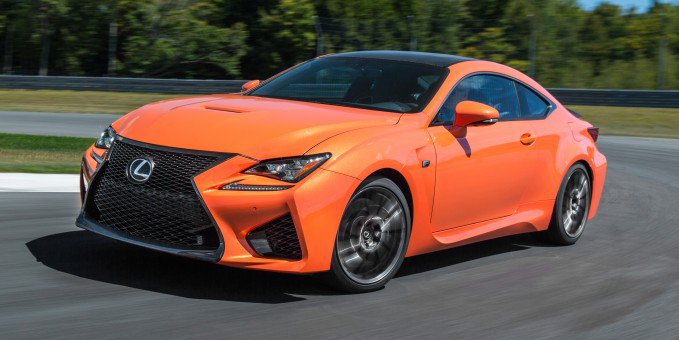
Rear-wheel-drive cars typically use a limited slip differential to control how each drive wheel gets torque. These can be mechanical differentials or electronically controlled. The Lexus RC F can actually be equipped with one system or another. In a turn, the mechanical limited slip differential just shifts power between the rear wheels so that the outside wheel (which has a longer distance to go) gets more torque. In the electronic torque vectoring differential, a computer triggers electronic motors and actuators that will apply pressure to multi-plate clutches, which in turn provides more control of the distribution of torque than just a standard limited slip differential.
Other cars employ torque vectoring through braking. Mercedes vehicles all come with something called ESP or the electronic stability program. It’s a safety feature that will detect when a car is understeering (when the wheel is turned but the car still plows straight due to a lack of traction on the steering wheels). Instead of sending torque to the outer rear wheels, these vehicles will limit torque to the inner rear wheels via the brakes to give these wheels more grip and get the car back on track.
Front-Wheel Drive
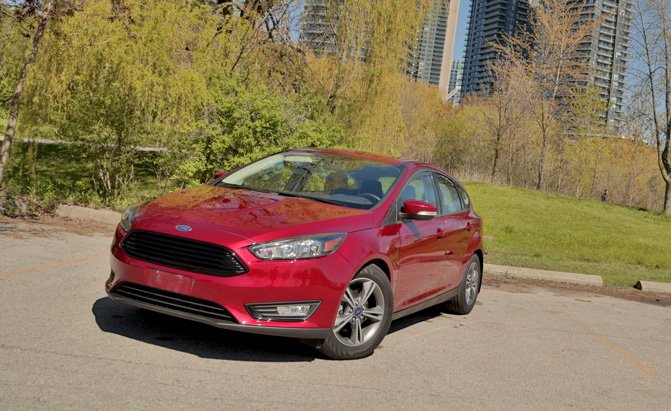
Front-wheel drive cars get torque vectoring as well, again to help mitigate understeer. In most cases, like in the Ford Focus or Mercedes-Benz CLA, they apply brakes to the inner front wheel while sending torque to the outer wheel to help rotate the car. In Mazda’s latest vehicles, torque vectoring is also used to shift the weight of the car forward and improve steering response and handling.
All-Wheel Drive
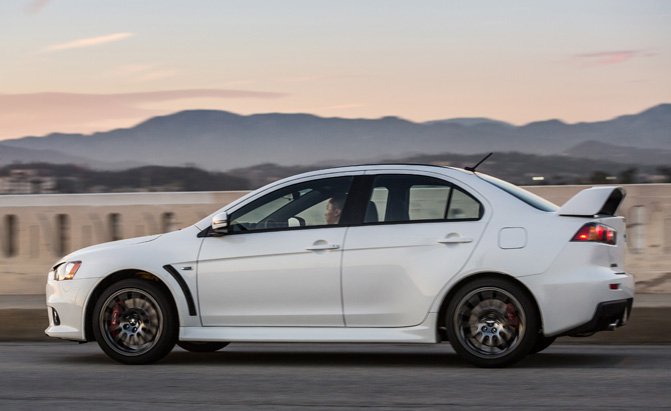
Most torque vectoring talk involves all-wheel drive. All-wheel drive is designed to improve stability and traction but can hinder fuel economy due to the extra drive wheels and weight. As a result, torque vectoring is important to ensure that no torque from the engine is being wasted and going to a wheel that doesn’t need it.
To save fuel, most automakers use a part-time all-wheel-drive setup that will normally operate with one set of axles and will intervene when slippage is detected or if there’s a need for more grip. Sometimes this is done with yaw detection, as in when the car is going in a direction that’s not where the driver intends. The all-wheel drive system will then engage the other drive shaft and applies some of the engine torque to get the other axle in motion. If the car is still slipping, the system will then apply brakes to individual wheels to better control the torque transfer, as described in the front-wheel and rear-wheel drive vehicles.
However, there are more advanced torque vectoring systems out there. Mitsubishi is commonly cited as having one of the first torque vectoring all-wheel drive systems on the market way back in the mid-90s on the Lancer Evolution. Called Super All-Wheel Control (S-AWC) it used something called active yaw control to transfer power between the rear wheels as needed with a rear differential. To help determine how the power is sent to the front and rear axles, it uses what’s called a center differential. Finally, a stability control system can apply brakes to individual wheels as needed. In the Outlander GT S-AWC, the system uses an active front differential instead of a rear one and controls the rear axle with an electronic coupling. While the Lancer Evolution was a rallying machine with an all-wheel drive system to conquer high-speed off-road courses, the Outlander is a family crossover, so its system is more oriented towards stability in rough conditions. It also has an eco function that will make the vehicle act like a front-wheel drive vehicle to help to improve fuel efficiency.
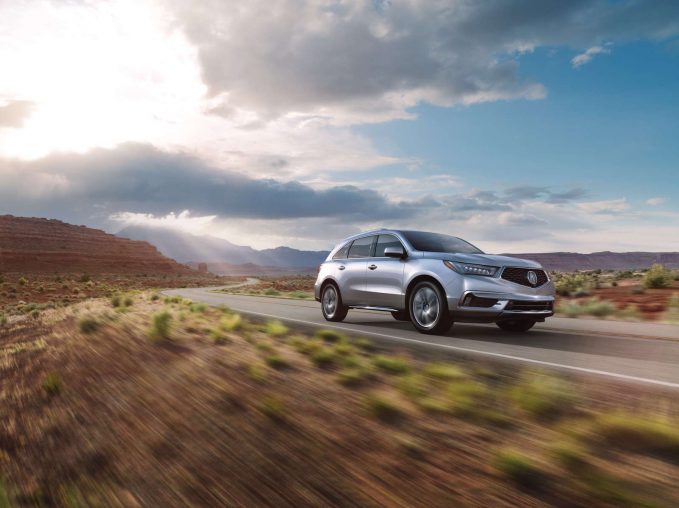
That’s not the only method of torque vectoring. Acura has a similar set up in vehicles equipped with its super-handling all-wheel-drive (SH-AWD) system. First implemented in the 2005 Acura RL, this system is always active, measuring vehicle speed, wheel speed, steering angle, yaw rate, and lateral G forces and will automatically add torque to wheels as needed. When cruising in the brand’s most popular vehicle, the MDX, the system sends 90 percent of the vehicle’s power to the front wheels. Under hard acceleration, the system notices that weight shifts towards the rear of the vehicle, and will then take advantage of this traction by sending up to 45 percent of the power to the rear wheels. When accelerating through a corner, the system will send 70 percent of effective torque to the rear and can direct all of it to the outside wheel, which has more weight and traction. Unlike the S-AWC in the Mitsubishi, Acura’s SH-AWD does not have a center differential and instead shifts torque to whereever weight and traction is needed.
Hybrids Too
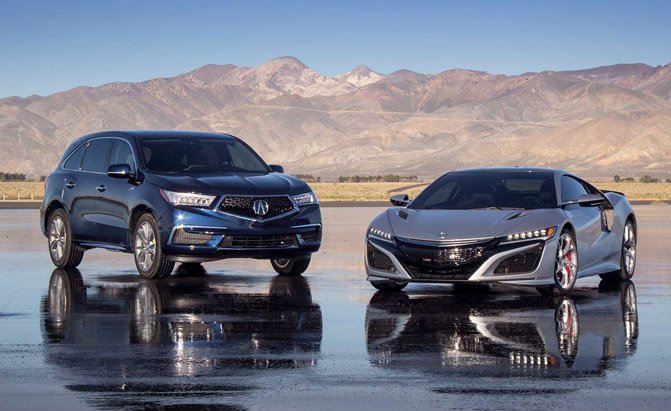
If car buyers are still interested in all-wheel drive but want excellent fuel efficiency with it, then perhaps a hybrid vehicle is in the cards. These also have torque vectoring capabilities that are perhaps the most advanced forms of the technology on the market today. In some cars, like the Acura MDX Sport Hybrid SH-AWD, which features a hybrid powertrain setup with three electric motors, the two rear wheels are each powered by an electric motor. As a result, during cornering, the car can not only send instant torque to those rear wheels (instead of having to use a percentage of the total output) but can use regenerative braking on the opposite wheel to cause a kind of drag and return energy back to the battery. So in addition to providing the car with more energy, it also helps rotate it as well.
Torque vectoring is found on almost all kinds of vehicles now, from compacts to crossovers and sports cars as well. It can also be had in different types of drive configurations. Every automaker has a slightly different take on how to maximize traction, but all are designed to do the same thing, move torque around the vehicle to efficiently use the vehicle’s power while delivering safe, and predictable handling.



Leave a Reply